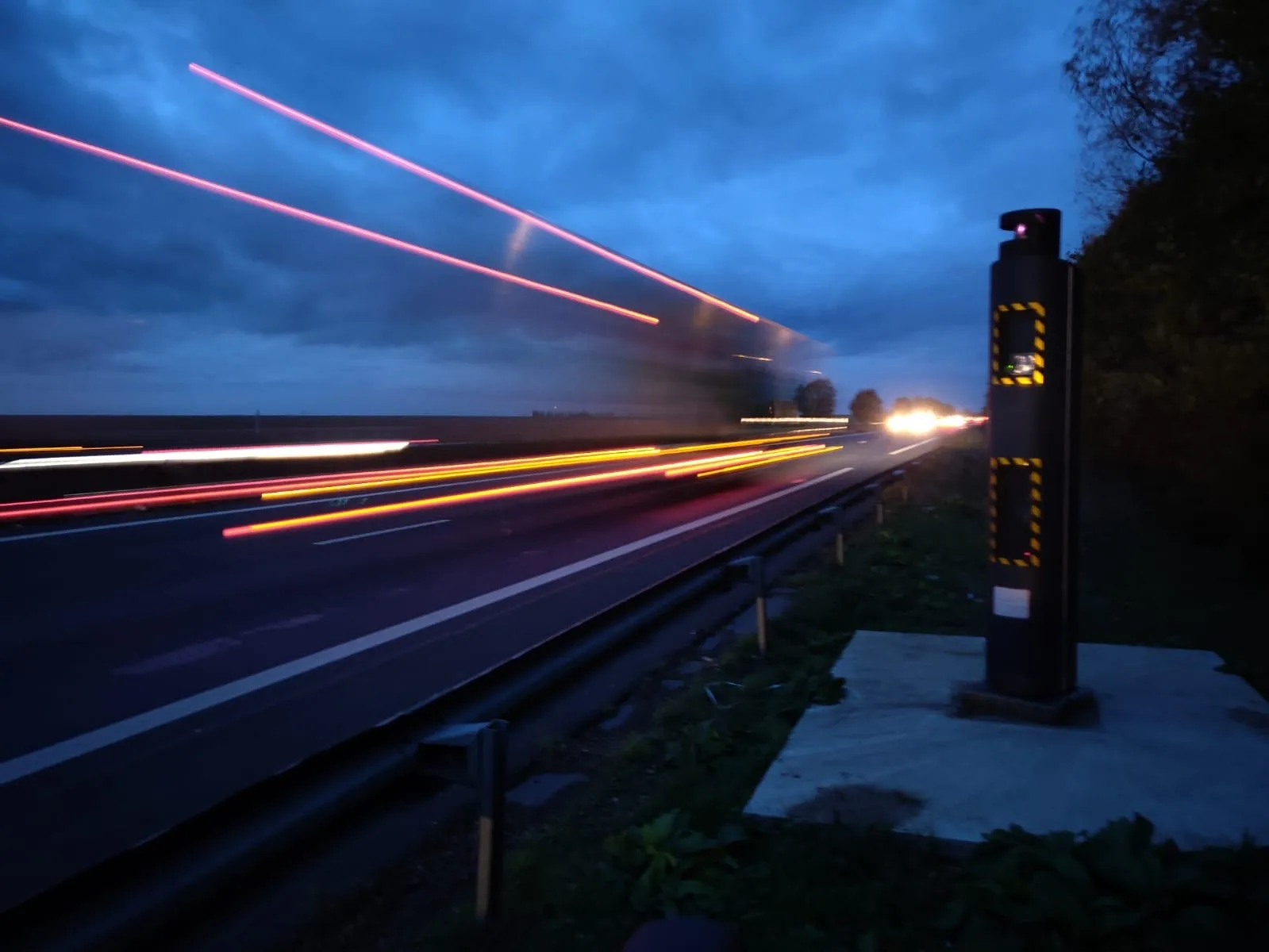LeddarTech’s detection and ranging technology can be integrated into standard automotive components such as headlamps, rear lamps or side view mirrors, to enable optimised advanced driver assistance systems (ADAS) sensing solutions. The company’s optical detection technology can be incorporated into integrated circuits and uses semiconductor light sources such as infrared emitters and pulsed laser diodes.
With a range of 150m and above, multi-segment detection and a field of view from 9° to 180°, Leddar sa
February 24, 2016
Read time: 1 min
With a range of 150m and above, multi-segment detection and a field of view from 9° to 180°, Leddar says its technology overcomes many limitations of traditional fixed-beam Lidars.








